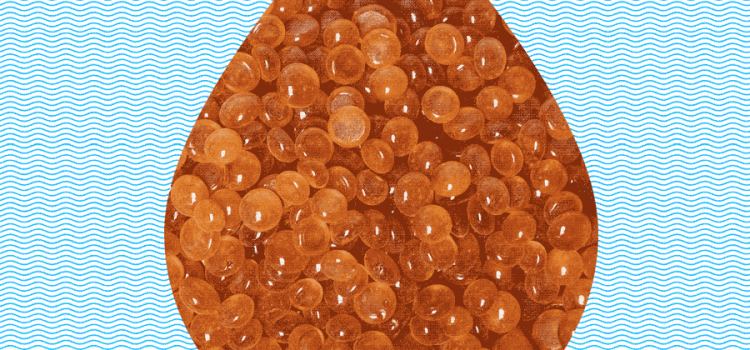The Ion Exchange process can be used in a variety of ways when it comes to water purification and softening. Although different water treatment products utilize this process in different ways, the action itself remains the same: unwanted ions that are dissolved in the water are replaced with new beneficial or harmless ions of an equivalent charge.
Below, we will go over the process of ion exchange and systems that use the process, what you can expect from these systems, and the most common applications for the process.
Ion Exchange is the process of replacing unwanted ions that are dissolved in water with beneficial or harmless ions of an equivalent charge.
What Is an Ion Exchange System?
An ion exchange system is what makes it possible to remove contaminants containing ions by way of a chemical-physical action designed to exchange unwanted ions for beneficial or harmless ions. When a reaction like this happens, it is usually done by way of a resin that is specially made for this purpose. The type of resin used determines the specific types of ions that are exchanged.
How Does Ion Exchange Work?
Chemically speaking, an ion is an atom that has a charge. After being placed in a solution and dissolved, the ion atoms separate into two groups: a positive “cation” or a negative “anion”. This solution is then passed through a resin, causing ions in the solution to be exchanged with equally-charged contaminants in the water on the other side of the resin.
A Cation is an atom with a positive charge, whereas an Anion is an atom with a negative charge.
When it comes to the resins used, their composition is normally made up of microbeads that are very permeable. Typically, the microbeads are created out of different polymers like polystyrene. These polymers are then able to create a system consisting of many hydrocarbons that enable a huge amount of ions to stick to it through electrostatic forces. Then, as the ions pass through the resin material, they get exchanged for the ions of equivalent charge.
In ion exchange systems, a Resin is used to collect unwanted ions that have been separated from the solution.
As time goes on, a huge buildup of contaminants occurs that needs to be restored back to its original state. Restoration is done by having a solution poured into the resin. This solution is typically made up of an acid or salt and is able to renew itself by replacing all of the anions and cations within the resin. Then the ions that are “dirty” get tossed out.
Which Contaminants Can Be Removed?
In an ion exchange system, the type of resin used affects the types of ions that are exchanged. This means that different resins will remove different kinds of contaminants. It’s important to consider what sort of resin is used in any water purification product, as not all water quality issues stem from the same contaminants. Below, we have listed some of the most common types of resins used in ion exchange systems as well as which contaminants they can remove effectively.
Cation Type Resins
A cation resin is categorized into two types: weak acid cation or strong acid cation. A weak acid cation is used for dealkalization, and strong acid cation is effective for demineralization (such as removing calcium to soften water).
Specific Type Resins
These resins have come to be used effectively in a variety of ways, although they tend to be a little more costly than the normal resins. A good example is a chelating resin. This resin is frequently used when Mercury and Cobalt metals need to be removed. Also, resins known as magnetic exchange are often utilized when organic compounds need to be separated from the water, such as with waste water treatment.
A Cation Resin can be used in ion exchange systems for dealkalization or demineralization, depending on whether it’s a weak acid cation or a strong acid cation.
A Chelating Resin is often used to remove heavy metals such as mercury or cobalt from drinking water.
